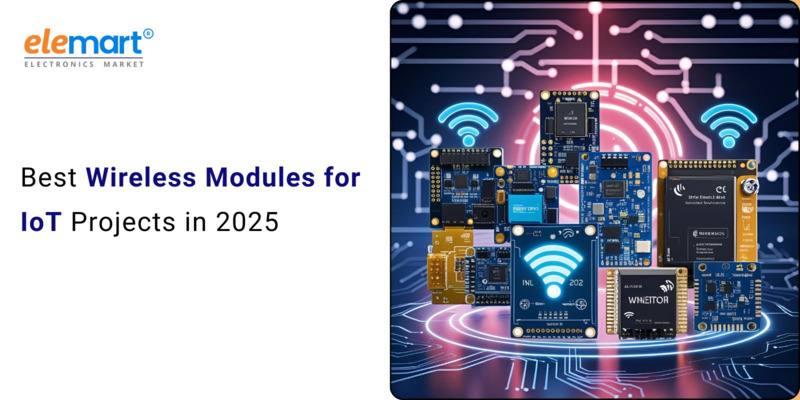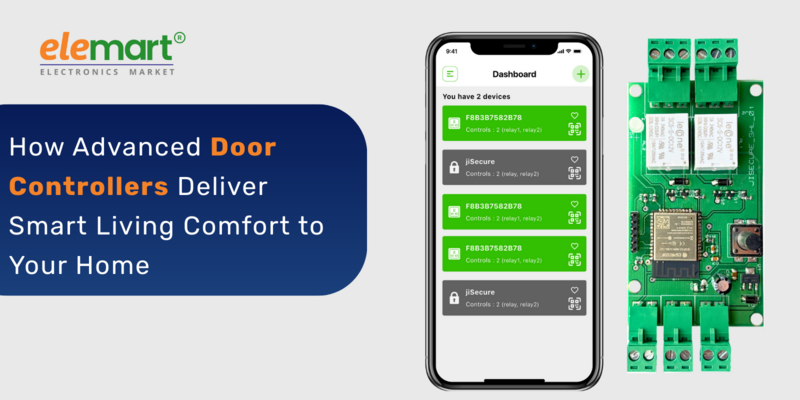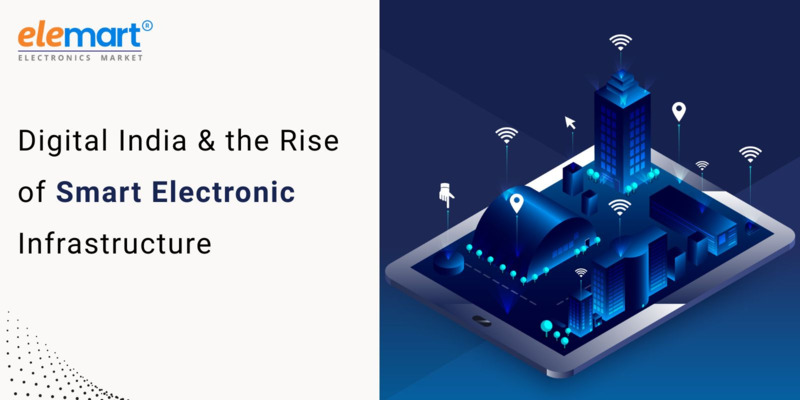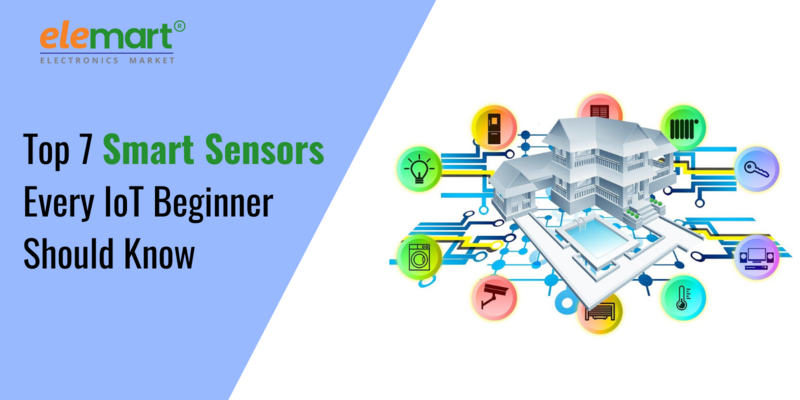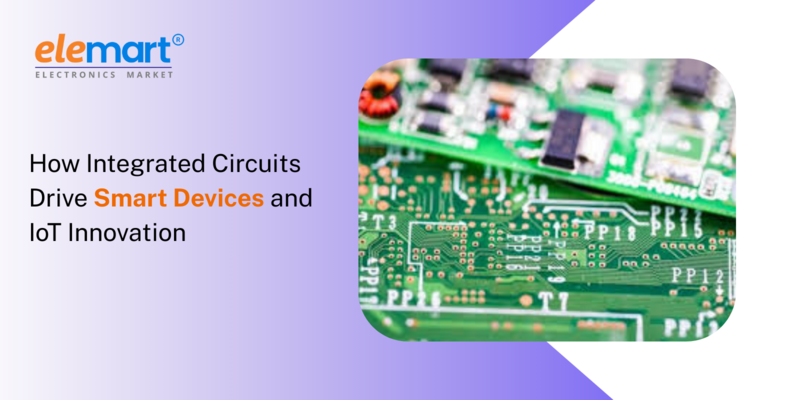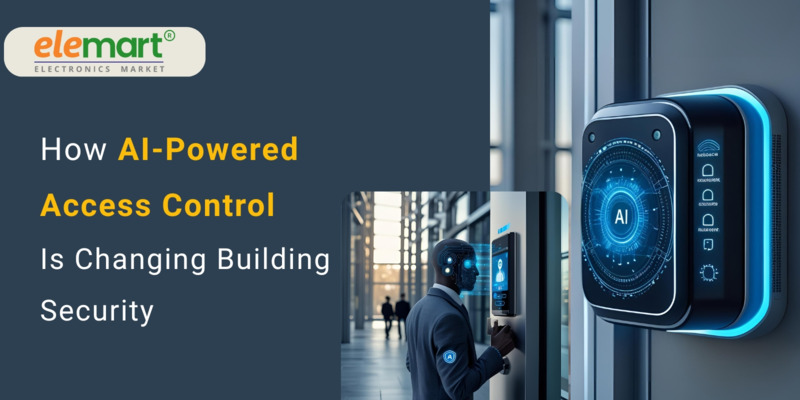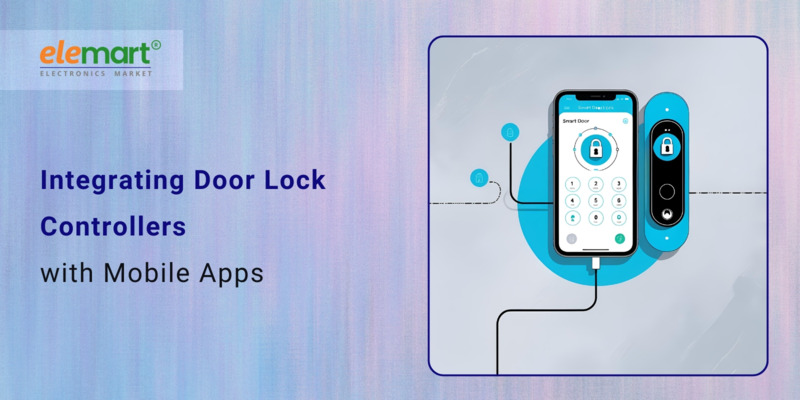- Jun 13, 2025
Share this post on:

For decades, access control has relied on relatively simple methods: keys, keycards, PIN codes, and biometric scanners like fingerprint readers. While these systems have served their purpose, they've also presented vulnerabilities – lost keys, stolen cards, bypassed codes, and concerns about hygiene and ease of use. Today, a powerful new technology is transforming the landscape of access control: facial recognition.
Facial recognition isn't just a futuristic gimmick seen in science fiction. It’s a rapidly maturing technology offering significantly enhanced security, convenience, and efficiency for businesses, organizations, and even residential buildings. This blog post will delve into how facial recognition is enhancing modern access control systems, exploring the technology itself, the benefits it offers, the challenges to consider, and the future direction of this increasingly vital security tool.
Understanding Facial Recognition Technology
At its core, facial recognition technology involves identifying or verifying an individual based on their facial features. The process typically unfolds in three primary stages:
- Face Detection: The system first identifies potential faces within an image or video stream. This involves algorithms searching for patterns and characteristics that define a human face.
- Facial Feature Extraction: Once a face is detected, the system extracts unique facial landmarks and measurements. These can include the distance between the eyes, the width of the nose, the shape of the jawline, and other distinguishing characteristics. These measurements are converted into a digital “facial signature” or template.
- Facial Matching/Verification: The extracted facial signature is then compared against a database of known faces. This comparison generates a “similarity score.” In identification mode, the system attempts to match the unknown face to every face in the database. In verification mode (often called "face authentication"), the system compares the unknown face to a specific, pre-selected face in the database – essentially confirming that the person is who they claim to be.
How it Integrates into Access Control Systems
Facial recognition isn't typically implemented as a standalone solution for access control. Instead, it integrates into existing systems, often complementing or replacing traditional methods. Here's a breakdown of common integration approaches:
- Standalone Facial Recognition Gates/Turnstiles: These systems utilize dedicated cameras and processing units to analyze faces and grant or deny access directly. They are often seen in high-security environments.
- Integration with Existing Access Control Software: Many modern access control software platforms now offer facial recognition as an optional authentication method. This allows organizations to easily incorporate face recognition alongside keycards, PIN codes, or other biometrics. The system can be configured to require multiple authentication factors (e.g., face recognition and a PIN code) for enhanced security.
- "Hybrid" Systems: A common approach combines facial recognition with other authentication methods. For example, a visitor might be identified and verified using facial recognition initially, then granted access with a temporary keycard.
- Mobile Integration: Increasingly, facial recognition is being integrated into mobile apps. Users can unlock doors or access buildings using their smartphones, leveraging the device's camera and processing power.
The Benefits of Facial Recognition Access Control
The shift towards facial recognition access control isn't just about novelty; it’s driven by tangible benefits:
- Enhanced Security: Facial recognition is inherently more secure than traditional methods. Unlike keycards, which can be lost or stolen, and PIN codes, which can be compromised, faces are difficult to forge. Sophisticated algorithms can detect subtle variations and prevent spoofing attempts (using photos or videos). Liveness detection (ensuring the face is of a live person, not a static image) is a crucial component of modern systems.
- Increased Convenience: Facial recognition offers a seamless and hands-free access experience. No need to fumble for keys or keycards. This is particularly valuable in high-traffic areas or for individuals with disabilities.
- Improved Efficiency: Facial recognition speeds up the access process, reducing bottlenecks and improving workflow. This is especially beneficial in busy environments like hospitals, airports, and office buildings.
- Better Audit Trails: Facial recognition systems generate detailed logs of access events, providing a clear record of who accessed what and when. This improves accountability and simplifies investigations.
- Contactless Access: In a post-pandemic world, contactless access is paramount. Facial recognition eliminates the need to touch surfaces, reducing the risk of germ transmission.
- Scalability: Facial recognition systems can be easily scaled to accommodate growing organizations and expanding security needs.
- Reduced Costs (Long Term): While the initial investment can be higher, the reduction in lost/stolen keycard replacements, administrative overhead, and potential security breaches can lead to long-term cost savings.
Challenges and Considerations
While the benefits are significant, implementing facial recognition access control isn's without challenges:
- Cost: The initial investment in hardware, software, and integration can be substantial. However, as the technology matures and competition increases, prices are steadily decreasing.
- Accuracy and Reliability: Facial recognition algorithms aren't perfect. Factors like lighting conditions, facial hair, makeup, and aging can affect accuracy. Regular algorithm training and system calibration are essential.
- Privacy Concerns: The use of facial recognition technology raises legitimate privacy concerns. Organizations must be transparent about how facial data is collected, stored, and used. Strong data security measures are crucial. Compliance with privacy regulations (e.g., GDPR, CCPA) is mandatory. Obtaining explicit consent from individuals is often required.
- Bias in Algorithms: Facial recognition algorithms have been shown to exhibit bias based on race and gender. This is due to biases in the training data used to develop the algorithms. Organizations must actively address and mitigate these biases to ensure equitable access control. Diverse datasets and regular bias testing are critical.
- Spoofing Attacks: While sophisticated, facial recognition systems are not completely immune to spoofing attempts. Advances in deepfake technology make it increasingly difficult to distinguish between genuine faces and synthetic representations. Multi-factor authentication and liveness detection are key defenses.
- Data Storage & Security: Storing facial data requires robust security measures to prevent unauthorized access and breaches. Encryption, access controls, and regular security audits are essential.
- Public Perception & Acceptance: Some individuals may be uncomfortable with the use of facial recognition technology due to privacy concerns or feelings of surveillance. Open communication and transparency can help build trust and address concerns.
The Future of Facial Recognition Access Control
The technology is rapidly evolving. Here are some trends to watch:
- 3D Facial Recognition: Moving beyond 2D image analysis, 3D facial recognition utilizes depth sensors to create a more detailed and secure biometric profile, making spoofing significantly more difficult.
- Thermal Facial Recognition: Utilizing thermal imaging, this technology can identify individuals even in low-light conditions or when they are wearing masks. Its use surged during the COVID-19 pandemic.
- AI-Powered Liveness Detection: Advanced AI algorithms are constantly improving liveness detection capabilities, making it increasingly difficult to fool the system.
- Integration with IoT Devices: Facial recognition is increasingly integrated with other IoT devices, creating a more connected and intelligent access control system.
- Edge Computing: Processing facial recognition data at the “edge” (i.e., on the camera itself) reduces latency, improves privacy, and reduces reliance on cloud connectivity.
- Behavioral Biometrics: Combining facial recognition with behavioral analysis (e.g., gait analysis, how a person walks) can further enhance accuracy and security.
Conclusion
Facial recognition is rapidly transforming access control systems, offering enhanced security, convenience, and efficiency. While challenges and concerns remain, ongoing technological advancements and a commitment to responsible implementation are paving the way for widespread adoption. As the technology matures and becomes more affordable, we can expect to see facial recognition become an increasingly integral part of how we secure our buildings and protect our assets.



